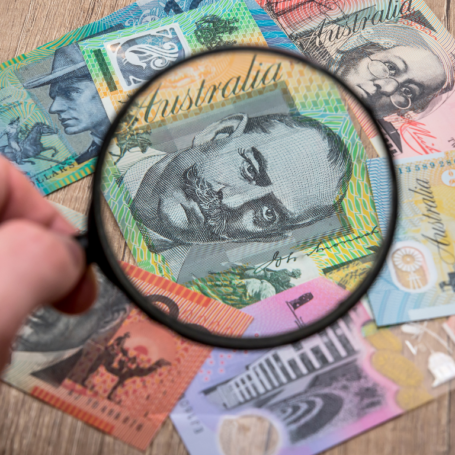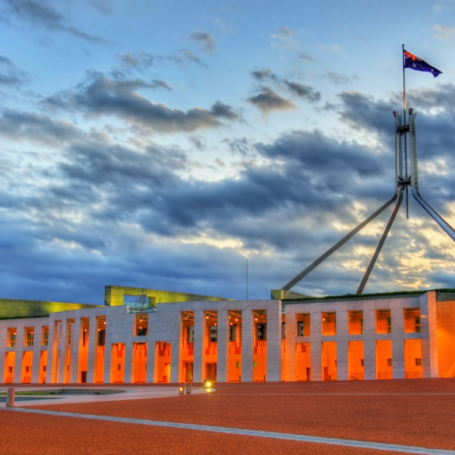Over prior years a high Aussie dollar and competition from low-cost wine producers, predominantly from overseas have affected exports. Furthermore, an oversupply of grapes had pushed prices downwards.
Looking Back
Many enterprises had chosen to stay in the industry even at the cost of being unprofitable. Winemakers continued to produce cheap wine in order to reduce costs and sustain their eligibility for the wine equalisation tax rebate. Click the following ATO link for more on this topic – wine equalisation tax.
Today
In recent years a weaker Australian dollar has improved exports with expected industry revenue to grow by 2% to $5.3 billion by 2016.
Click here to see how Vlassis & Co worked with a well known SA Winery
Future
For the five years up to 2020-21 forecasts suggest that industry revenue is to grow by 2% annually, hitting $5.9 Billion.
SA the dominant force
The Australian Bureau of Statistics stated in 2015 South Australia produced the highest amount of grapes in the nation with 739,324 tonnes. New South Wales came in second with 495,789 tonnes.
South Australian vineyards represented 46 per cent of water usage nation wide using a projected 440,000 megalitres of water to irrigate vineyards across Australia.












